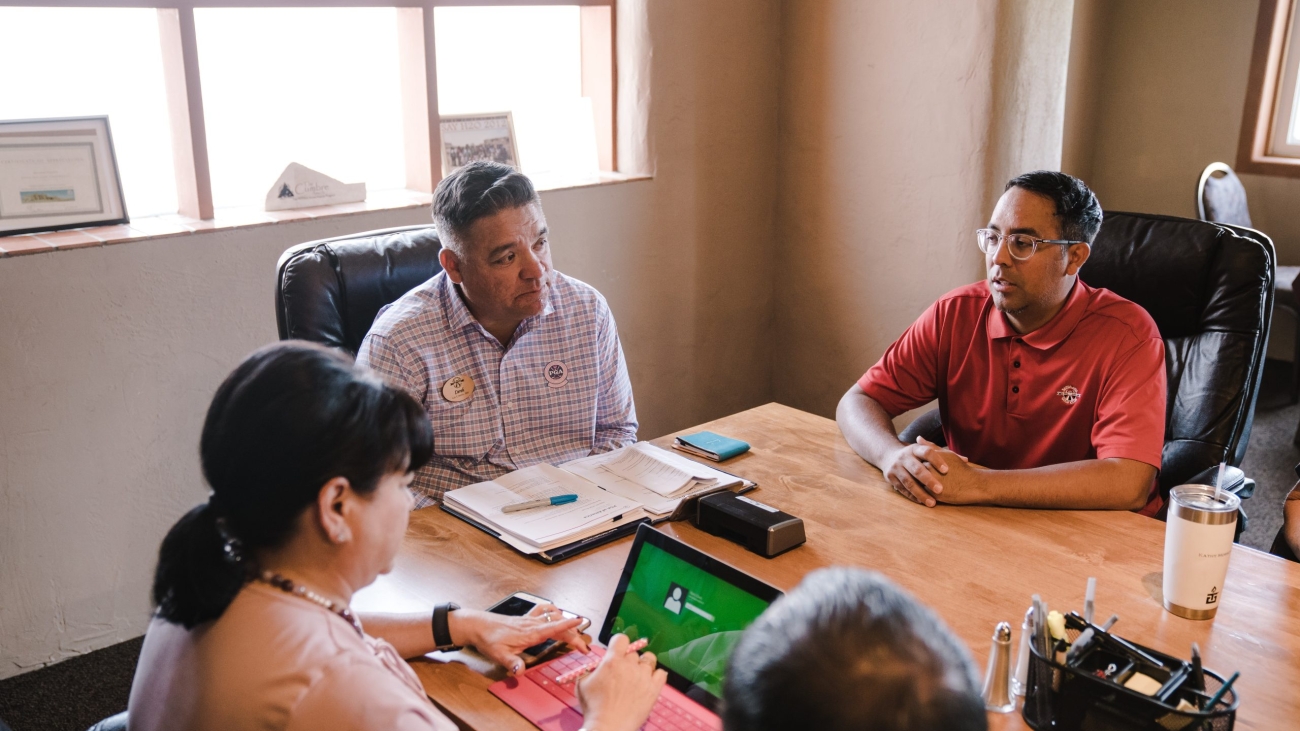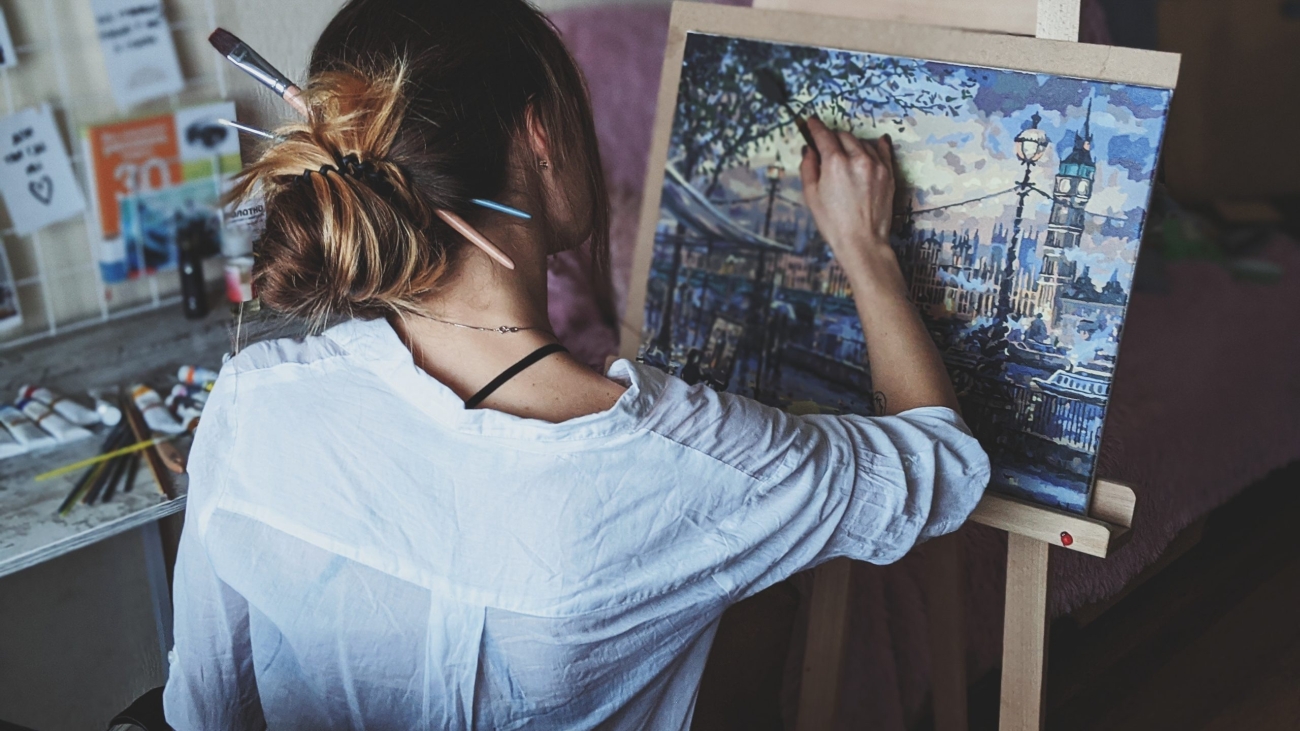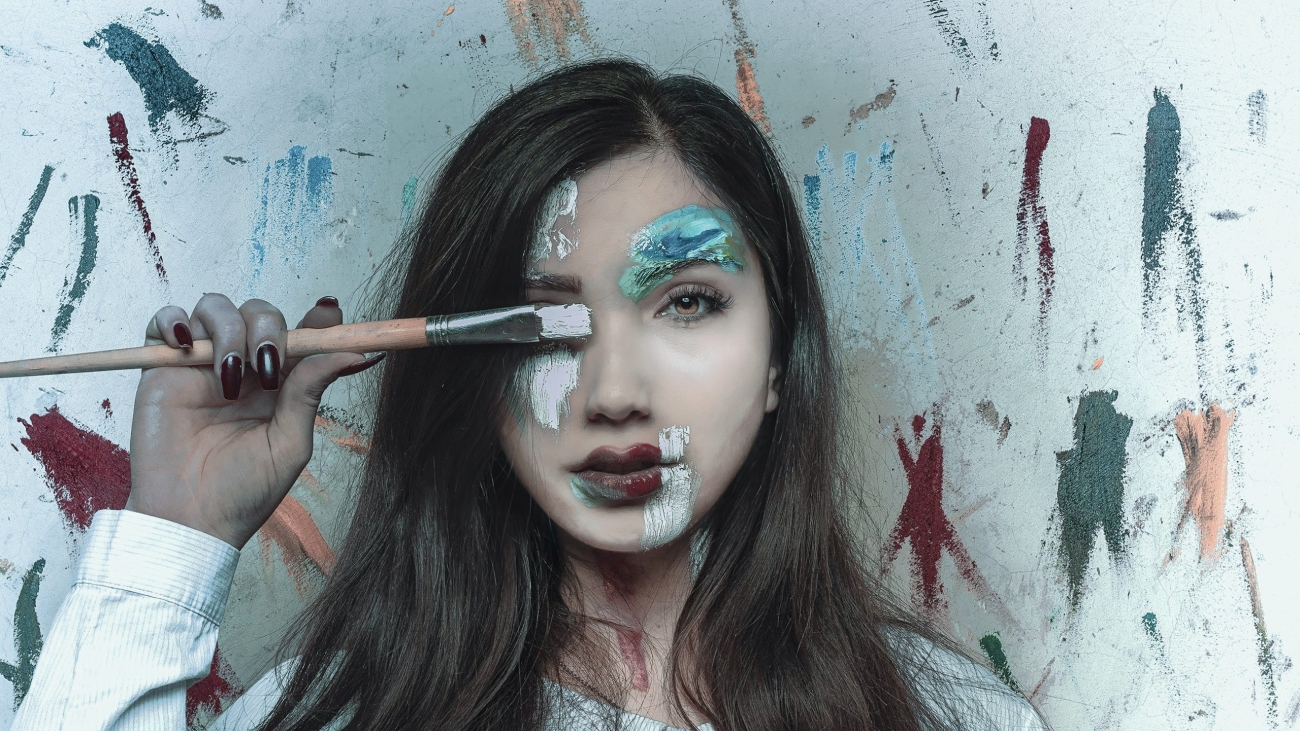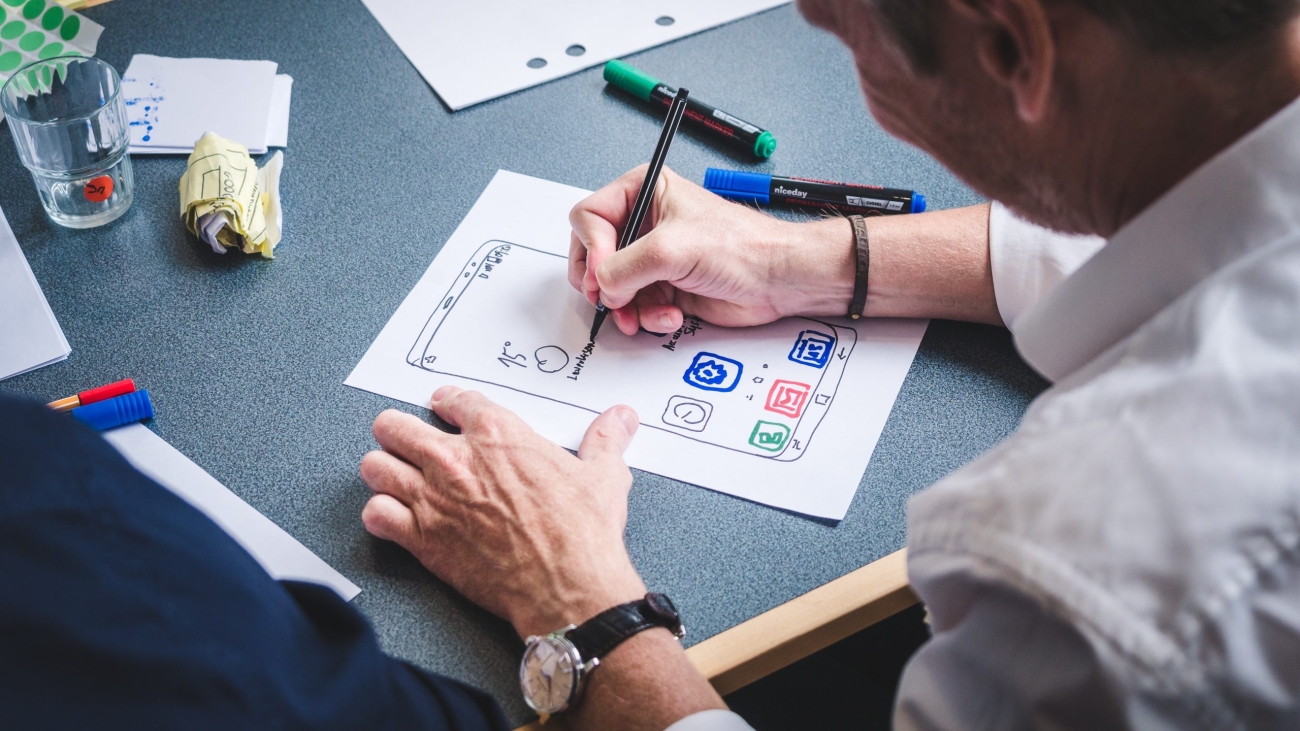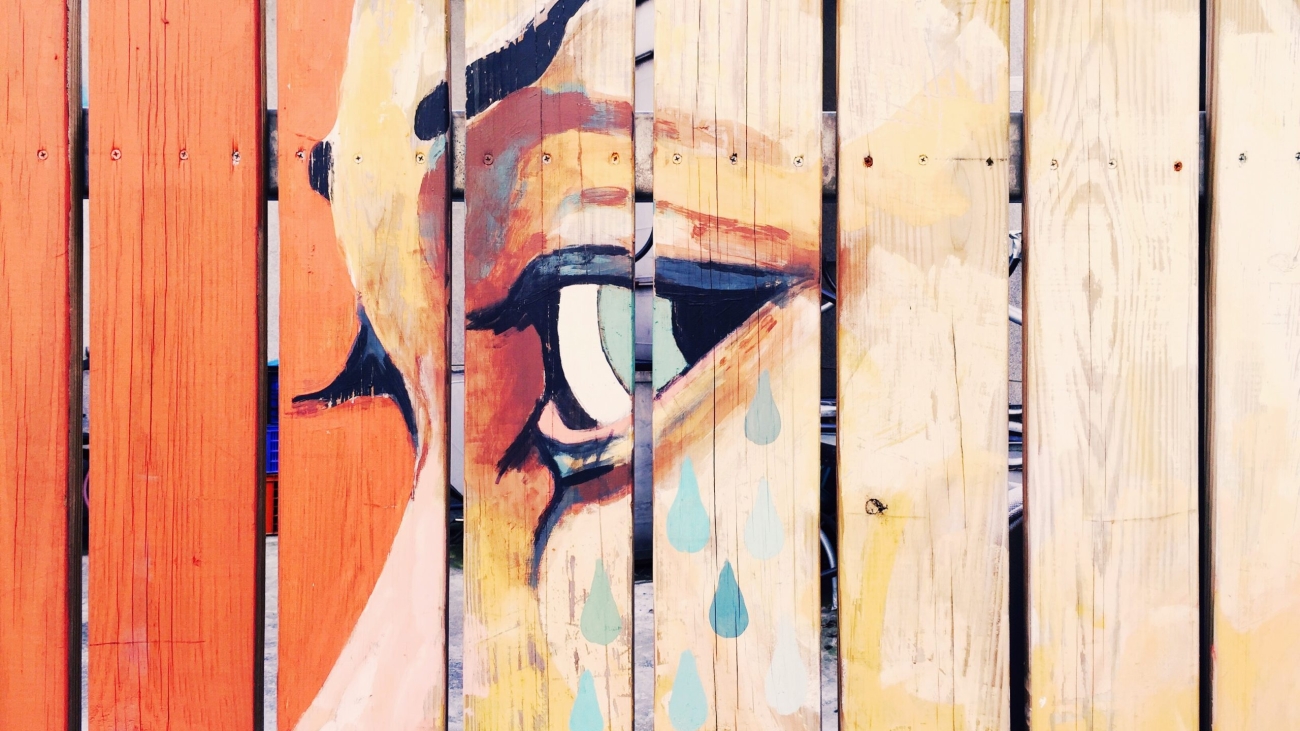Running a creative business can be hard, right? You’re the marketing manager, head of sales, office manager, and that’s before you even touched the job you love – the reason you set up your business in the first place.
And while you’re busy juggling All The Things, there’s the silent whisper of the thing you’re dying to create. The project you like to get stuck in. You’ve scribbled the ideas in your notebook, so why not take action?
If that sounds all too familiar, never fear! I have good news. You can learn how to do it without stress and overwhelm, in a way that feels right for you.
And you can start right now with these five easy steps to get your ideas out of your head and into reality.
Step 1: Clarify your vision
When most people think about productivity, they imagine doing more in less time. Well, hold on to your hat… that’s how I define productivity. For me, it’s about getting the important things done efficiently so you can create space for the things you love.
That’s why step 1 is about getting clear on what’s important. And how do you do that? By reviewing your vision. What do you want life to look like in 12 months? In five years? Ten years? Once that’s clear, you’ll find it so much easier to tune into what’s important and what’s not.
Your vision is the anchor that keeps you stable when you feel shaky or overwhelmed. So reconnect with your vision. Write it down or make a vision board and then look at it regularly. That won’t do you any good at the bottom of a drawer!
Step 2: Make your goals clear
Do you have clear goals in your business? If you’re allergic to the word goals, try replacing it with intentions and see if that helps. The aim of the game is to get crystal clear on exactly what you are trying to achieve. Without that clarity, it’s easy to get overwhelmed. Before you know it, you’re lost in a technicolor swirl of amazing ideas that never see the light of day.
So take a moment to write down your goals/intentions/devious plans for benevolent world domination. Writing them down will take you one step closer to your vision.
For bonus brownie points, it’s also worth taking a moment to ask yourself two questions:
1) Do I find this goal exciting?
2) Does this goal match my vision?
If the answer to either question is no, you may need to think again. That means you can use your creativity to figure out what you could change to make it exciting and consistent!
Step 3: Get clarity on the next small step
This step can take you out of your comfort zone. That’s no problem. We’re not going to create complicated project management doodahs. Let’s keep it simple.
This is what I invite you to do…
Look at your list of goals.
Which is calling you now?
Maybe one needs to happen first so the others can follow. Or maybe it would feel really good to move on from the one who has been hovering over you for ages. Whatever the reason, pick one.
Awesome.
Now. Think about the smallest next thing you need to do to move that goal forward. Examples of this are asking your Mastermind for feedback or emailing your web designer to make an appointment. Keep it tiny. Write it down.
If you can easily see a few steps ahead, write those down too. If not, don’t sweat it. Now is not the time to get into trouble by jumping too far ahead.

